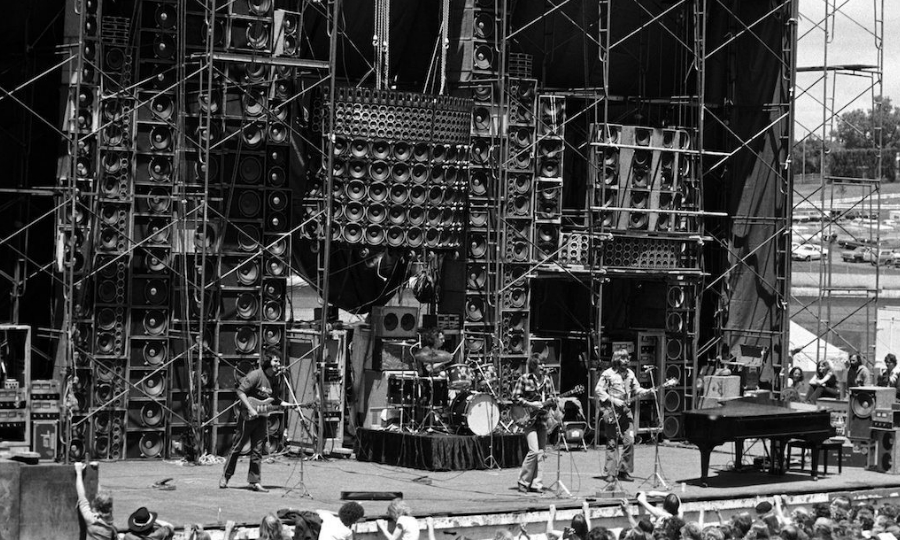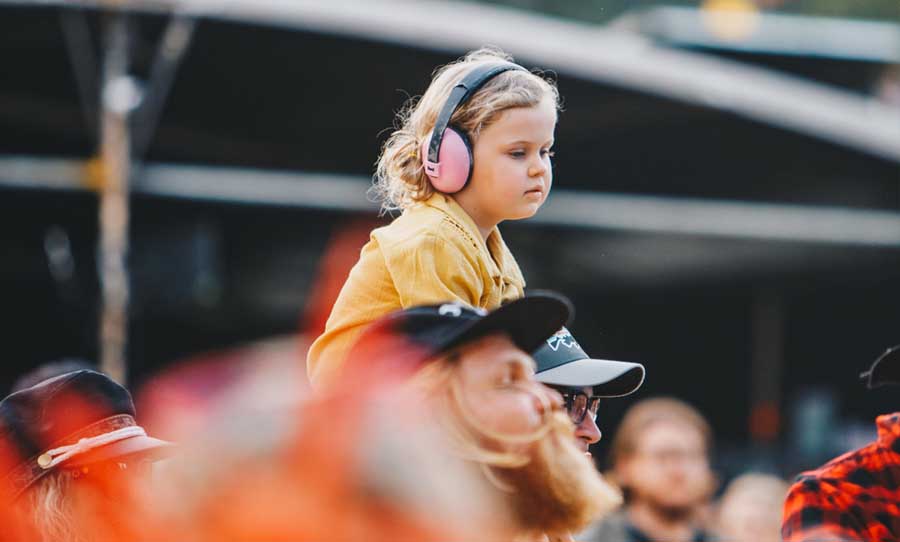Rock music is nothing if not loud. An old friend of mine recounts his first rock concert like it was the greatest night of his life. He left sweaty, fulfilled, and bleeding from one ear. Now he has lost 95% of hearing on one side of his head.
But what about the musicians who played rock music day in day out for years? Nay, decades. Here is a brief history of hearing loss in rock music.

From Neil Young to Brian Johnson, countless musicians among the worlds best have irreparable hearing damage, all for the sake of rock.
With increased accessibility and knowledge surrounding good ear health, it’s no wonder musicians, engineers, and concert goers alike have embraced ear plugs. Both on stage and off, in-ear’s are becoming an industry standard with top shelf assets sporting price tags in the multiple hundreds.
Nonetheless, this wasn’t always the case. Rock music was conceived as the harder, faster, louder older brother of blues and the concept of hearing damage probably wasn’t a concern to many artists of the ’60s and ’70s.
Neil Young
Heralded the ‘Godfather of Grunge’ after ’90s icons Kurt Cobain and Eddie Vedder cited him as a huge influence on their songwriting, Neil Young is certainly no stranger to loud music. The from the iconic Crazy Horse and Rust Never Sleeps, Neil Young certainly didn’t ease off the volume over the years.
Throughout his career, and even up until 2016, the rate in which Young has released albums has proceeded inexorably (38 and counting). However, after touring Ragged Glory he developed hyperacusis, a condition that makes it sounds like everything is turned up way too high, which eventually led to tinnitus.
This led Young to turn about face. “I made Harvest Moon because I didn’t want to hear any loud sounds,” Young stated in a 1995 interview with Mojo Magazine.
Because Young’s hearing had become softer, he was forced to pack away all the chaos, clutter, hype, and scrutiny that had been following him for 20 years to make space for an album where he was able to recline back into a much gentler and tender sound, and it turned out to be the making of Harvest Moon. It’s a record bathing in nostalgia, and there isn’t a genre out there that can conjure sentiment and wistfulness as well as country and folk.
Eric Clapton
It’s no wonder Eric Clapton has lost his hearing. Let’s be honest the guy was a madman in the ’60s and can almost solely confine the origins of his tinnitus to Cream.
“I mean, I’m going deaf, I’ve got tinnitus, my hands just about work,” says Clapton. “I’m hoping that people will come along and see me just because—or maybe more than because— I’m a curiosity. I know that’s part of it. It’s amazing to myself that I’m still here.”
With Cream, Clapton would use two Marshall 100 Watt stacks with the volume cranked to 11. This was four times more decibels needed to fill the Royal Albert Hall, a stage Clapton has played on 211 times since 1964. As he slowly made the progression to Fender amps and guitars through his time with Blind Faith and Derek and the Dominos, Clapton prevented complete hearing loss as he focused less on guitar virtuosity and more heavily on his voice and song craft.
Fear not! Clapton is still touring and, despite significant nerve damage in his hands, he continues to write stellar albums with hist last being I Still Do in 2016.
Brian Johnson
In 2016, AC/DC were forced to postpone the remainder of their 2016 tour due to singer Brian Johnson being at risk of “total hearing loss.”
I am more surprised that the rest of the band aren’t completely deaf either. Of all bands to blow the earholes and minds of listeners it’s AC/DC.
Hearing can be saved and even healed, however, thanks to new advancements on in-ear technology. Stephen Ambrose is the founder of ADEL in-ear technology that was first popularised in the ’70s. However, due to improper safety precautions Ambrose realised that his technology could create permanent hearing damage. Thus he teamed up with scientists to manufacture an improved design that acted as a second, synthetic eardrum that absorbs “only the harmful sound pressures.”
“It works.” After treatment Johnson later said, “It just totally works and you can’t argue with that. I was really moved and amazed to be able to hear music again like I haven’t heard for several years now. I can’t wait for it to be miniaturised so I can use it in every situation from normal communication, going out to noisy restaurants, [and] performing live music onstage.”
If you’re suffering from tinnitus of want to protect your hearing there are a bunch of options out there in terms of ear plugs. Check out an incredible range here to find the right fit for you.



